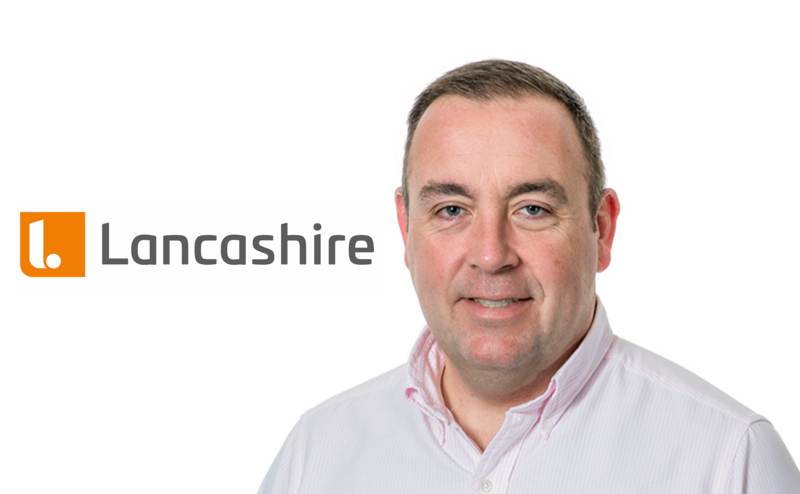Investors want to see more, before capital flows into reinsurance: Lancashire execs

Whatever the form of capital, be it from insurance-linked securities (ILS) investors or elsewhere, one good year of performance is not going to be enough to entice a significant volume of capital into the reinsurance industry, according to executives at Bermuda-based Lancashire Holdings.
Speaking yesterday on the specialty insurer and reinsurer’s first half 2023 earnings call, Chief Executive Officer (CEO) Alex Maloney and Paul Gregory, Chief Underwriting Officer (CUO), explained that although it’s clearly a “great” catastrophe reinsurance and overall market environment, investors want to see more.
“I think investors want to see a bit more evidence before capital flows into the system,” said Maloney. “I don’t think that happens after one year either.”
Even if the current Atlantic hurricane season turns out to be benign, Maloney feels that there still won’t be a massive influx of capital into the system.
“But, over time, if the industry can prove that returns are there, which are meaningful when looking at the margin over the risk free, I think you should expect more capital to come in,” said Maloney.
Ultimately, the CEO believes that the industry needs to prove that sustainable returns are there that are far in excess of risk free.
Commenting specifically on the ILS sector, Gregory echoed Maloney’s points.
“I think whatever form of capital it is, they’re just grappling with the same issues, i.e., a number of years with the industry where performance hasn’t been good. I agree with Alex that one good year is not going to be enough for suddenly loads of capital to flood into the market. The market probably needs to prove itself more and the same applies in ILS,” he said.
“And I think also, what’s happening is not just what’s happened inside our industry but what is happening elsewhere. And I think in the ILS market, you’ve seen some investors with what they perceive to be other opportunities elsewhere that are more compelling and perceived to have less volatility. So, I think what our industry does is one factor and what else is happening around the world and in the global economy is another, and just seeing similar trends,” added Gregory.
Over the past five years, reinsurers and ILS market players’ profitability has suffered from an elevated catastrophe experience as a result of hurricanes, but increasingly from secondary perils and notably severe convective storms, which have again been extremely costly this year.
It is worth noting that this year, primary insurers have retained more of these secondary peril losses than in the past, as reinsurers have moved away from frequency risks and aggregate covers to mitigate some of the volatility, but the reality is that reinsurers are looking to make up for consecutive years of failing to meet their cost of capital.
The result is tighter terms and conditions and higher prices, and while in the past a hard market cycle has been stunted by an influx of capital from both new and existing players, there hasn’t been a substantial volume raised during the current market and there’s no signs of the emergence of a class of 2023.
Of course, this means that reinsurance market conditions will likely remain favourable for longer, with many execs at leading firms anticipating a continuation of current trends into 2024, with Munich Re’s CEO predicting the landscape the sustain into 2025.






